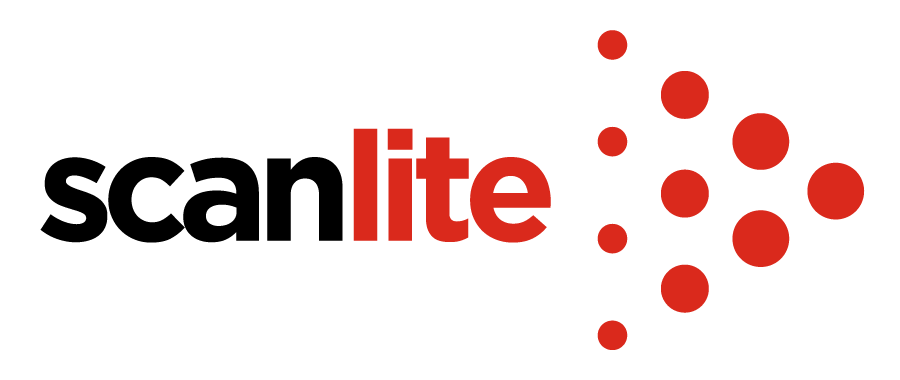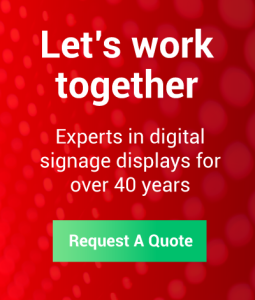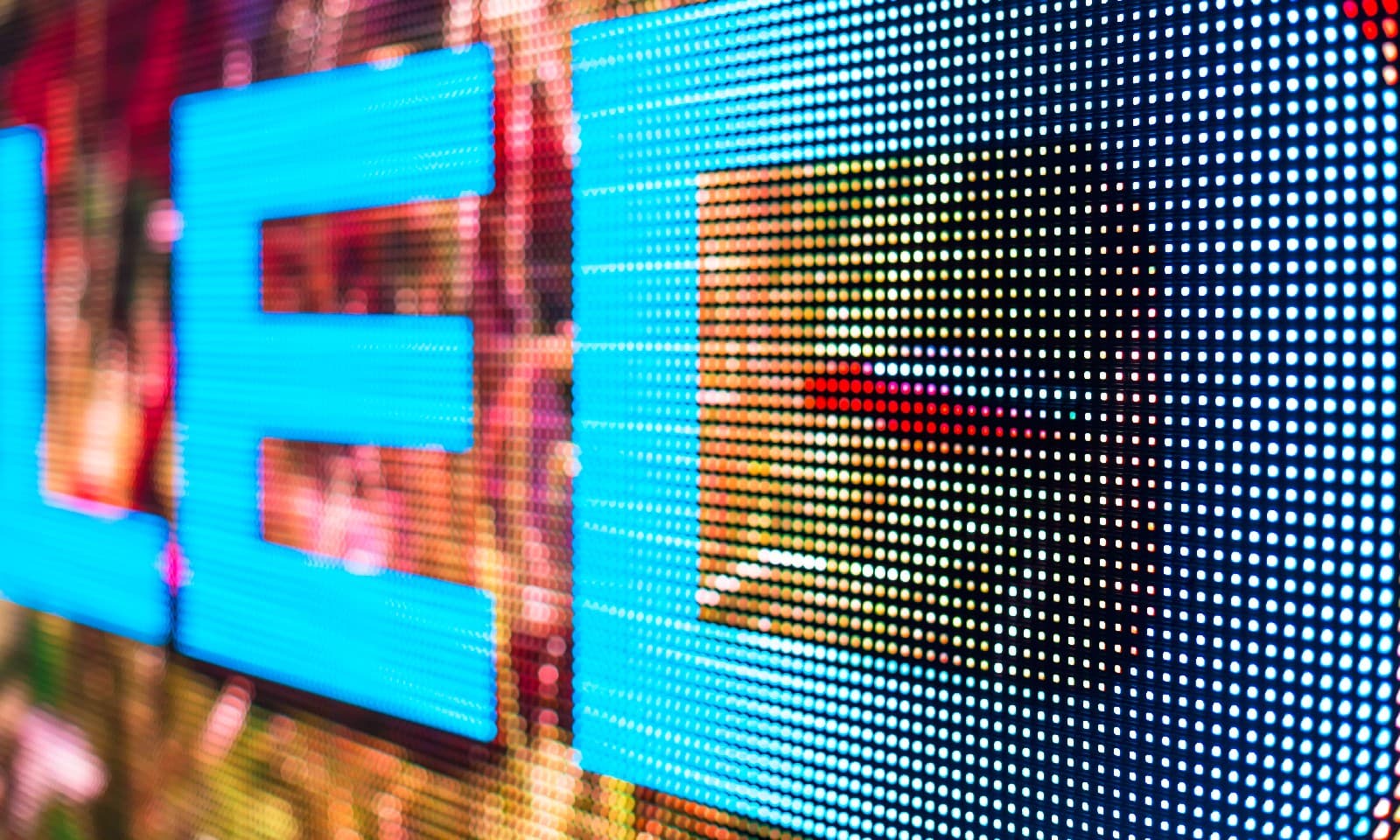What is digital signage and how can ours benefit you?
On the face of it, this might seem like quite an obvious question. After all, we’d all be able to recognise LED screens and other types of digital signage if we spotted them on the street, right? And yes, that is indeed true. But when you’re considering it for business purposes though, you might be surprised at how versatile the term can be. Here, we’ve summed up the basics of what you need to know, as well as a few bits of essential information on exactly how it can help you.
What is digital signage?
Basically, digital signage is a catch-all phrase used to encompass lots of different kinds of technology and techniques used to convey messages to the public. It’s sometimes referred to as electronic or dynamic signage, and can be used as a collective term for almost any type of digital sign – including not just LED screens, but also video walls, touch screens, kiosks, and even large tablets.
The technology they utilise isn’t necessarily uniform either, and nor is the content they might display. They might be based on LCD or LED technology for example, and the types of content the convey can include digital images, video, streams, and other forms of media and entertainment. There’s no shortage of spaces in which they can appear either – you can find them in a huge range of public spaces, including transport systems, museums, stadiums, retail spaces, hotels and restaurants, and business premises.
The type of content that digital screens display, and the places in which they’re used, is largely dependent on what they’re being used for. If you were to ask most people to picture a digital screen, their minds would probably jump to the large displays often found in shopping malls or on major roads. However, they’re not just used for marketing – they can also be used to communicate vital messages to the public from authorities (like public health warnings), or for wayfinding in large institutions.
Core advantages of digital signage
This is a key topic that we’ve discussed several times on the blog before – you may have already caught one of the most popular posts we’ve written on the subject. In case you didn’t though, or if you’re short on time, we’ll summarise the major ones here.
Boosting sales and securing repeat business
This is obviously the major attraction of LED screens and other types of digital signage. Their ability to boost sales is unrivalled and essentially universal, making them useful to a wide variety of sectors (and particularly in retail). For example, according one study by InfoTrends, digital screens secured an increase of 32.8% in retail buyers. There are no surprises there – not least because on a fundamental biological level, our eyes are naturally attracted to movement, which gives digital signage an instant advantage over static posters.
Brand recognition
Digital signage is a great way of keeping your brand fresh in the minds of your audience, whether you’re finding new ways to present classic elements of your brand, or even reinventing it entirely. If you’re rebranding, digital signage can provide a useful tool for presenting new ideas, like revamped colours, new logos, or new mascots. All of that can be instrumental in keeping them engaged in the long term.
Creative possibilities
The dynamic nature of LED screens can open up massive new creative possibilities for you to present your ideas. In many ways, it can allow you to be more expressive with the message you want to send – short films, graphics, and animations are all just some of the elements you can use to get your ideas across.
It can also allow you to convey more information than you might otherwise be able to with a static image, which can make it useful for applications like public health messaging. Just make sure to keep that all-important balance between length and content volume, so you hold your audience’s attention!
Adaptable
Another crucial advantage that digital signage offers. It’s also a notable benefit over static images – once you’ve rolled out a print campaign for example, it’s out there and that’s that. If you want to adapt your messaging, you’ll have to conceptualise and launch another one.
With digital signage though, you can change a campaign on the fly, which makes it immensely useful for adapting to the latest trends, and reacting to emerging events. The Covid-19 pandemic is a large scale and universal example that springs to mind, when brands across the world suddenly found themselves having to change fundamental elements of their campaigns to react to the dramatic shifts in living.
Interactive
This is another brilliant element of LED screens that can help them to remain in your audience’s minds. The principle is fairly simple; if people can take an active role in interacting with your LED screens, that’s going to make it more personal, more enjoyable and ultimately more memorable than just seeing the same content from a distance. And again, it has useful practical applications beyond advertising and marketing – interactive wayfinding screens can help people navigate more easily to where they want to go, especially in crowded or sprawling spaces.
How can our digital signage help you?
Well, honestly, that depends on what you want to do. There are a couple of key questions that need answers from the outset. First and foremost, these are: what’s your goal? What’s your timeline? How many displays are you going to use? What’s your strategy, and your budget?
And of course, if you need help with some of those answers, that’s what we’re here for at Scanlite. While some projects are simpler than others, there’s no one-size-fits-all solution. That’s why we tailor each of our solutions to your specific requirements. With more than 40 years of experience behind us, we know our digital signage solutions inside out, including the many ways in which it can be used to achieve your goals as a business. To find out more how we can help you, feel free to give us a call today on 01253 302723, or email us on sales@scanlite.co.uk. Let’s kickstart your success this year!











